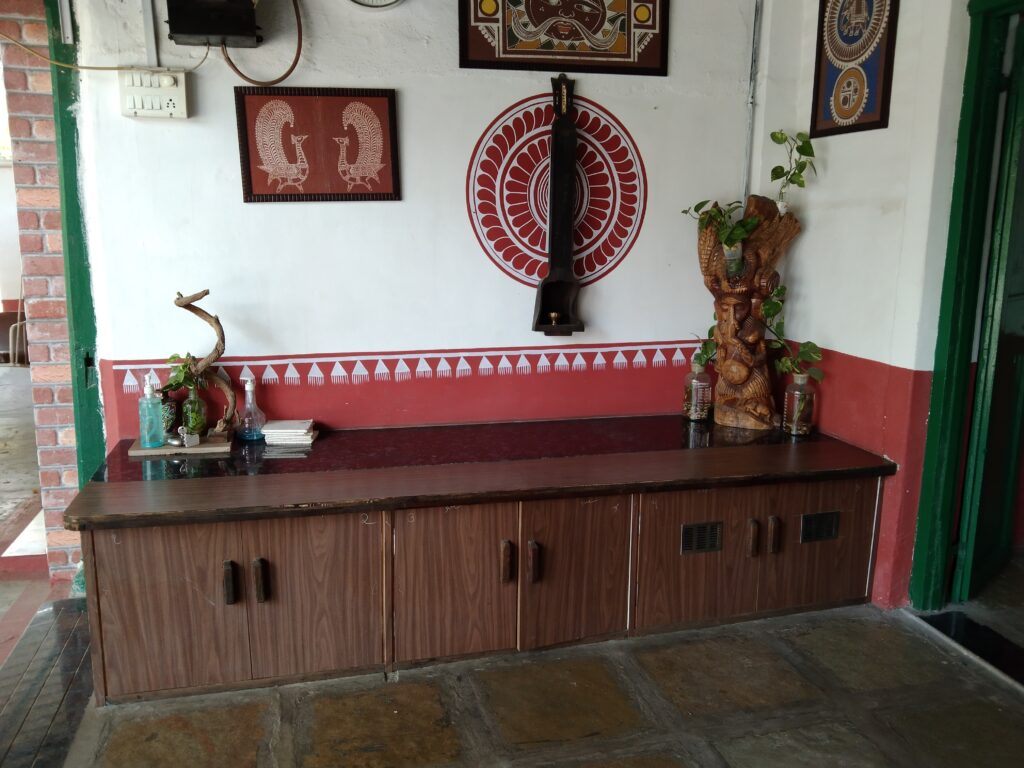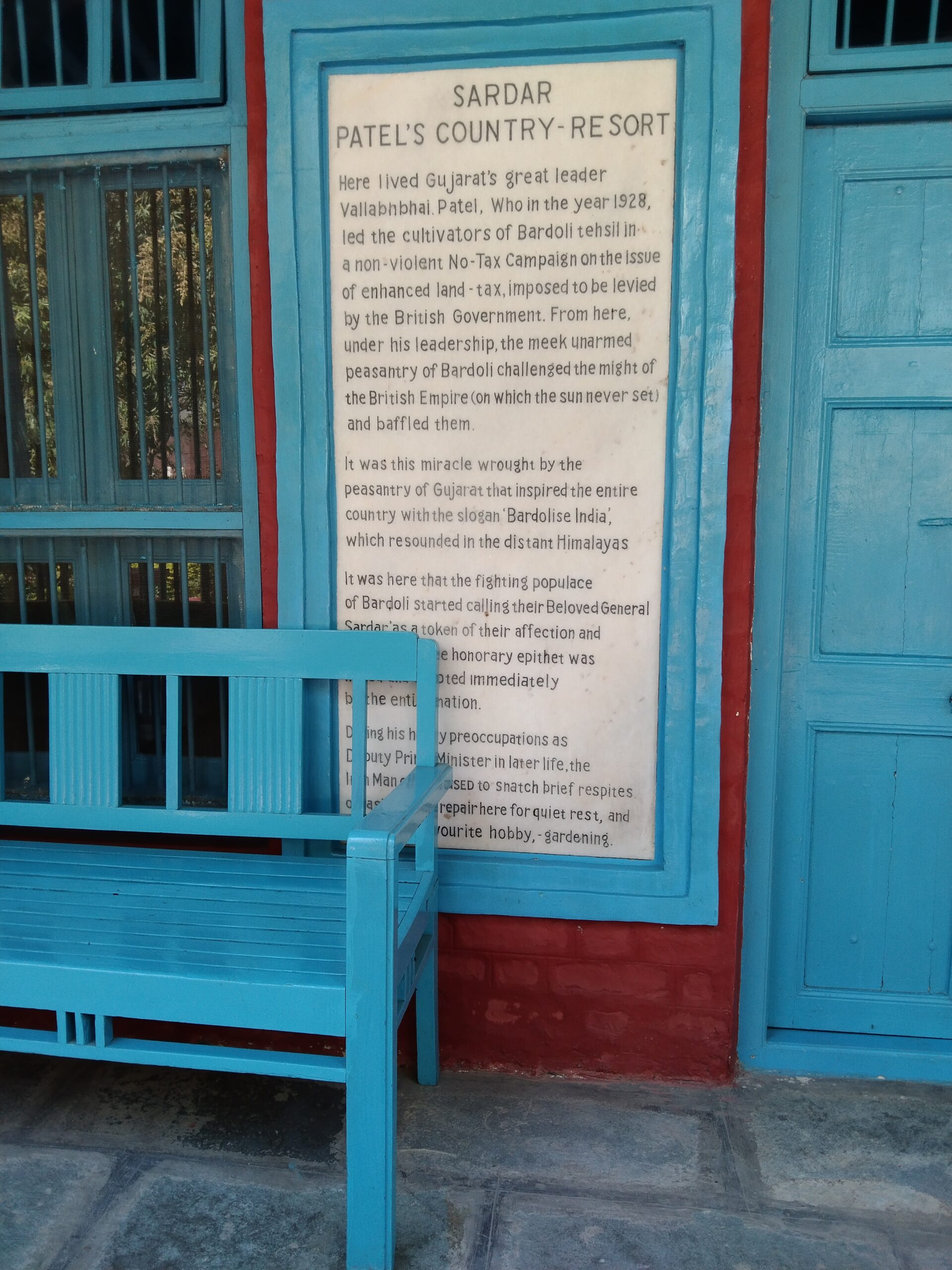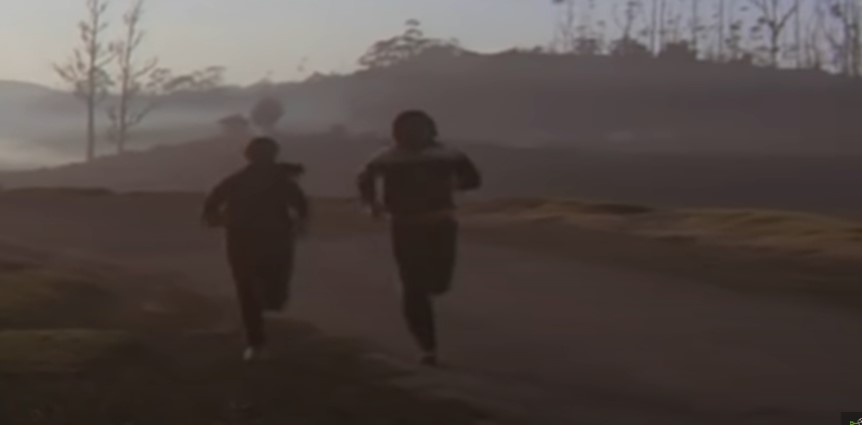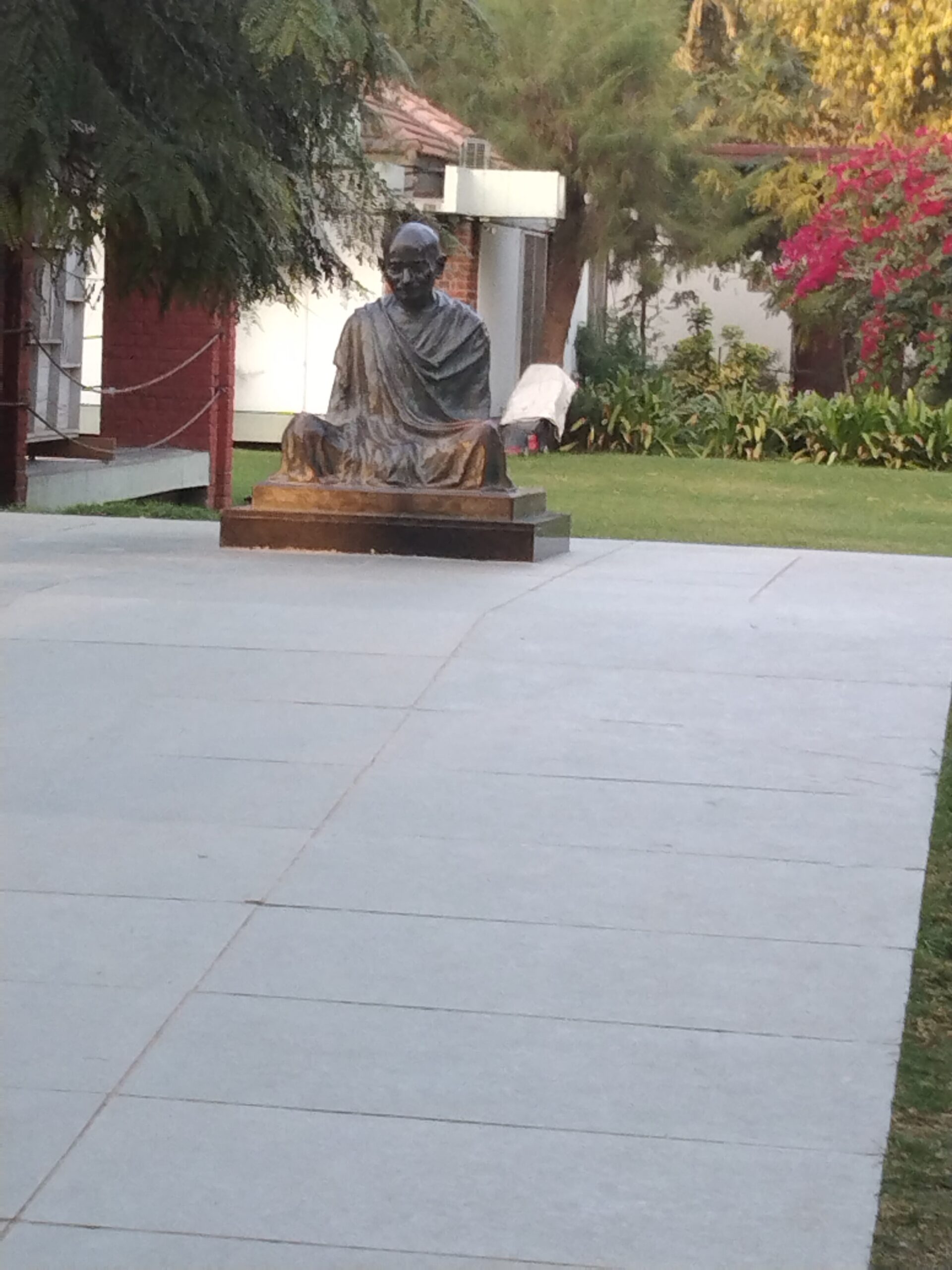As the nation celebrates the 148th birth anniversary of Sardar Vallabhbhai Patel now known as ‘National Unity Day’, the role played by Sardar, also known as the Iron Man of India, in uniting the peasants of Bardoli back in 1928 to fight the mighty British empire through a peaceful Satyagraha and shake the very foundations of the empire without firing a bullet warrants a relook.
What is the Bardoli Satyagraha?
The Bardoli Satyagraha was a farmers’ agitation against the increased taxation by the British government. The farmers demanded a cancellation of the 22 per cent tax hike being levied by the Bombay Presidency and participated in a Satyagraha protest. The movement that later came to be known as the Bardoli Satyagraha began on 12 June 1928 and was led by Sardar Vallabhbhai Patel. After several months of struggle, the empire agreed to review the taxation and the success of Bardoli Satyagraha gave rise to Patel becoming one of the main leaders of the independence movement.
Sardar’s love for farmers
One of the secrets of Sardar’s success in Bardoli, writes a close associate Mahadev Desai who worked with him for several years, was his burning love for the peasant and his overmastering passion to help the peasant out of his woes. Sardar Vallabhbhai Patel came under Gandhi’s influence sometime during 1917 – 18 and one of the first lessons he had learnt from him on Indian Nationalism was that real India was to be found in the villages and the peasant was at the heart of it. He also learnt early on that no program could become a success unless it had the farmer at the center. The son of an agriculturist, Vallabhbhai had taken his first lessons in mental arithmetic from his father who always took him to the fields and taught him lessons on the way. Those interactions had created in young Vallabhbhai a fascination for the farmer. ‘I have been closely associated with the sardar for over ten years now and have been with him in all his campaigns, but nowhere have I found him, in his speeches, refer to the peasant in the moving way in which he had done in Bardoli’, writes Mahadev Desai in his book The Story of Bardoli.
Back then, Bardoli in Surat district of Gujarat comprised of 137 villages, with an area of 222 square miles. It was bounded by Tapti River on the north and the territory belonging to the princely state of Baroda in the east and west. The bulk of the population of over 87,000 were agriculturists belonging to Kanbis, Anavlas, Vanias and Kaliparaj (also known as Raniparaj). A reasonable number of Muslims and Parsis were also present.
The biggest success of the Bardoli Satyagraha was in bringing together all these communities in their struggle, especially the women who heeded to the Sardar’s call and personally participated in the protest in spite of the brutality unleashed by the British.

While the civil disobedience movement began mostly as a farmers’ protest ably led by Vallabhbhai Patel under the guidance of Mahatma Gandhi, as the days went by, the businessmen from Suraj joined in and provided adequate funds to the keep the Satyagraha going. Soon, mill workers in Bombay (now Mumbai) joined the protests in solidarity with the Bardoli farmers. As news spread, various groups from even faraway places pledged their support for the Bardoli farmers and eventually forced the British to mend their ways.
One such example of such sacrifice was, Gandhi had noted, that of the students of the Kutchi Visa Oswal Jain Hostel who had stopped drinking milk for a month and thus saved Rs. 220, which they donated to the Fund.
MK Gandhi
The momentum across the nation was such that even students from far and wide began contributing to the Bardoli Satyagraha Fund by saving money on their food and clothing and even by working. One such example of such sacrifice was, Gandhi had noted, that of the students of the Kutchi Visa Oswal Jain Hostel who had stopped drinking milk for a month and thus saved Rs. 220, which they donated to the Fund. “For this sacrifice the students deserve thanks and the Bardoli satyagrahis should note that, having accepted such sacrificial help, they have a duty to adhere more firmly to their pledge,” Gandhi had noted.
The stubbornness of the Bardoli Satyagrahis eventually forced the government to come to the negotiating table and an agreement was reached between the government and the farmers, represented by Sardar in which the colonial rulers had largely conceded to all demands of the Satyagrahis.
I tender my congratulations both to the Government of Bombay and the people of Bardoli and Valod and Sjt. Vallabhbhai without whose firmness as well as gentleness the settlement would have been impossible.
MK Gandhi
Vallabhbhai’s success in Bardoli popularised the phrase ‘Bardolize India’ as freedom fighters across the country took up similar struggles against the unjust practises of the colonial government. Sardar’s role in the Bardoli Satyagraha has been lucidly worded in a congratulatory message by Mahatma Gandhi on August 9, 1928 soon after a settlement was agreed upon.
“It is a matter for sincere joy that the settlement has at last been reached over the Bardoli Satyagraha. All’s well that ends well. I tender my congratulations both to the Government of Bombay and the people of Bardoli and Valod and Sjt. Vallabhbhai without whose firmness as well as gentleness the settlement would have been impossible,” he wrote.



